Some Perth floodgates could be shut or sealed off to prevent a repeat of the destruction which hit the city last autumn.
Council bosses are also introducing lightweight flood barriers which can be installed more easily in an emergency.
The measures are part of an improvement plan drawn up in response to the devastating flooding at the beginning of October 2023.
Perth and Kinross Council was heavily criticised after the floodgates at the North Inch were left open.
Bell’s Sports Centre was deluged when the River Tay burst its banks. So were a number of residential and business properties.
Councillors were updated on the action plan this week.
Other steps include having more staff on standby for emergencies.
Improvements to out-of-hours call handling are being made.
And communities are being offered greater help to protect themselves.
The scrutiny and performance committee was told some of the new provisions have already been put into practice during the high tides a few weeks ago.
Closing Perth floodgates could reduce pressure on staff
The most obvious changes could take place around the £25 million River Tay flood defences in Perth.
It comes after Perth and Kinross Council’s own review found there were too few staff available to close all of the floodgates in time on the weekend of October 7-8.
The process should involve 12 people. Only seven were around.
Bell’s Sports Centre was hit with a £2 million repair bill after the North Inch gate was left open. Its future is now unclear. Dozens of other properties were also trashed.
Fraser Crofts from the environment and infrastructure team told councillors: “Officers are seeking solutions to this, firstly by seeking to minimise the need for additional standby resources by looking at the closing up or sealing off of certain gates with limited amenity value.
“This is in addition to the use of lighter barriers for the Promontory and Queen’s Bridge, which could be installed without the need for heavy lifting gear.”
He added: “It is hoped this, along with additional staffing capacity from our civil contingency colleagues, who already have out-of-hours standby arrangements, will significantly enhance our resilience response arrangements going forward.”
Emergency response stepped up
Councillors were told “reassurance visits” have been made to residents in flooding hotspot areas, such as Invergowrie and Perth city centre.
A new welfare response system has been developed to help people when flooding hits.
This reportedly worked well during Storm Gerrit in December.
Officers have also reviewed the system for managing out-of-hours calls.
These are currently put through to a contact centre in Aberdeen at weekends and in the evenings.
However, it received 615 calls from Perth and Kinross during the October 7-8 flooding and only answered 257.
The council is now taking steps to reduce pressure in an emergency by diverting non-urgent calls elsewhere.
Public and others playing a part
In the wider community, Perth and Kinross Council is continuing to work with existing resilience groups, such as the Tayside Waders, who helped to protect homes in Aberfeldy during the October flooding.
It is also encouraging the creation of new groups, with financial and other support.
A conference is planned for later this year to bring volunteers together to learn from one another.
Meanwhile, talks are taking place between the council, the Scottish Environment Protection Agency (Sepa) and energy company SSE on better communication and data sharing.
Representatives of Sepa, SSE and Scottish Water will attend the September meeting of the scrutiny and performance committee.
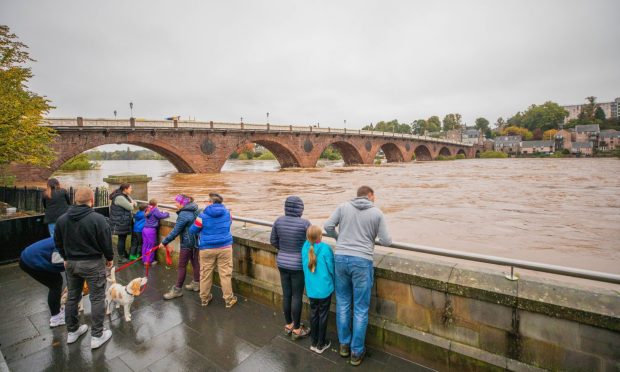
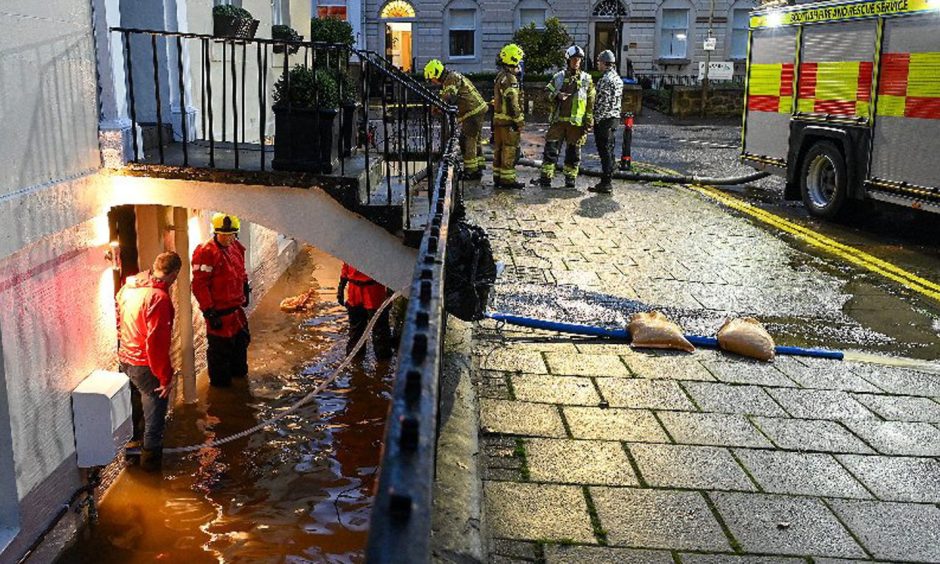
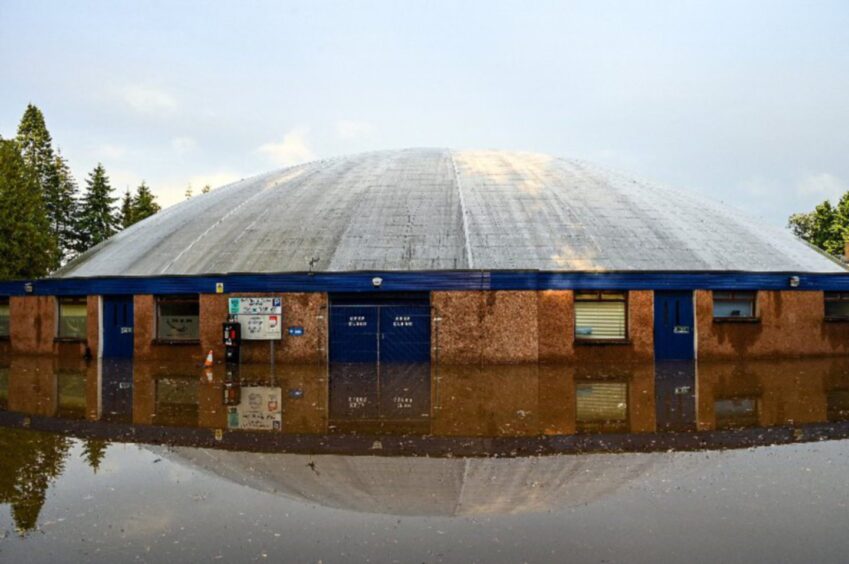
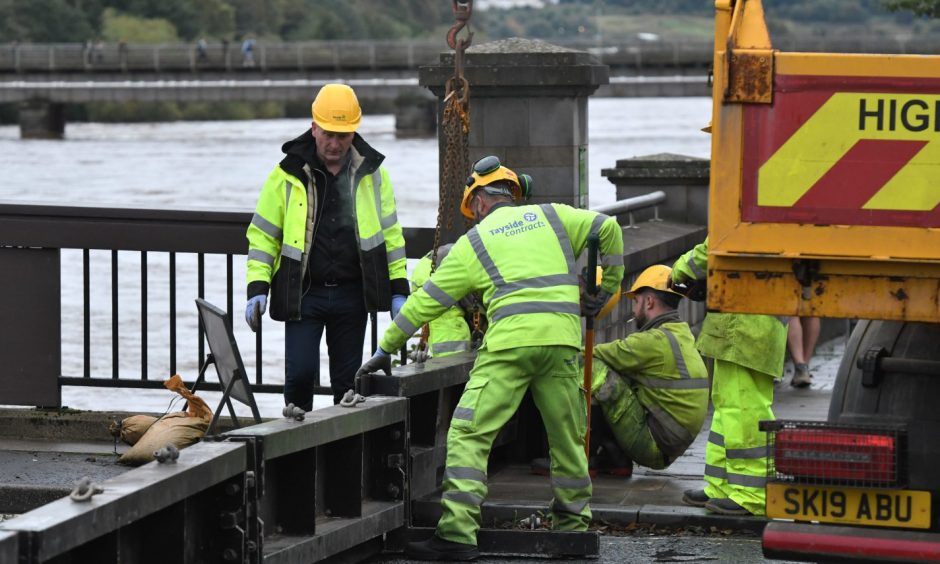
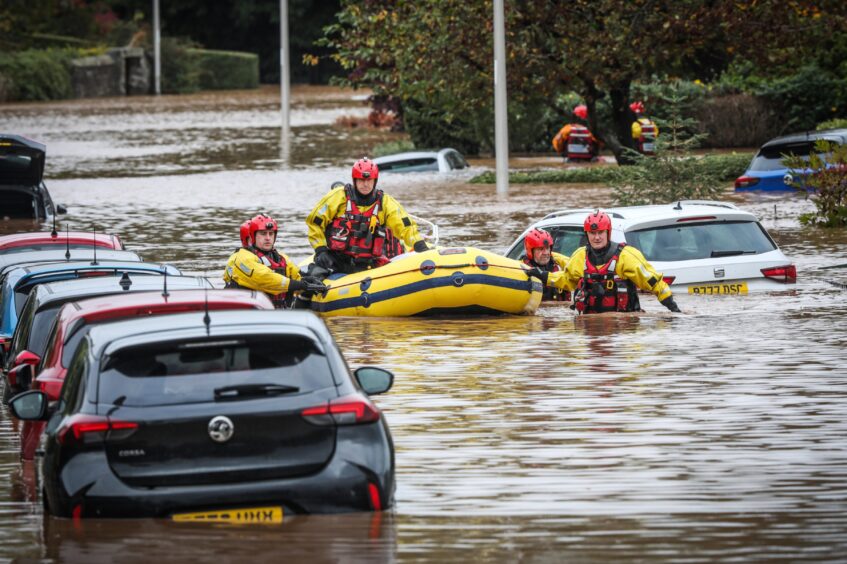
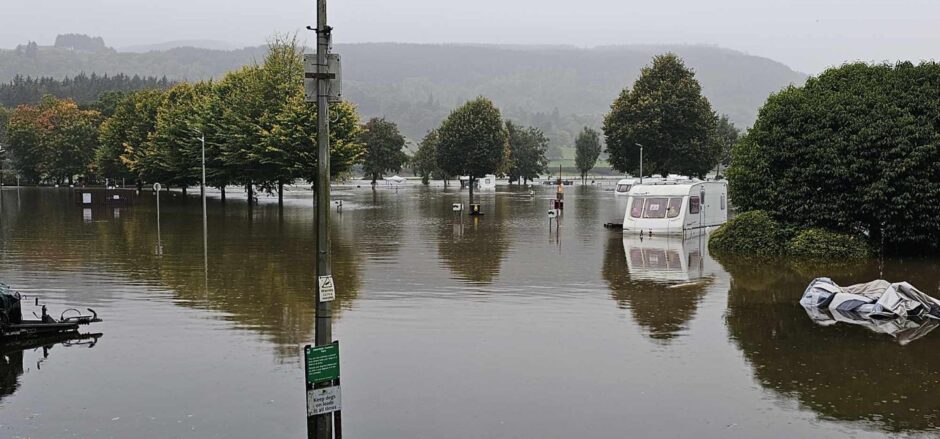







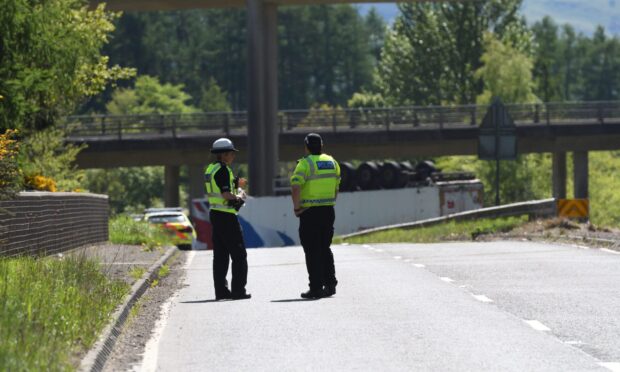


Conversation